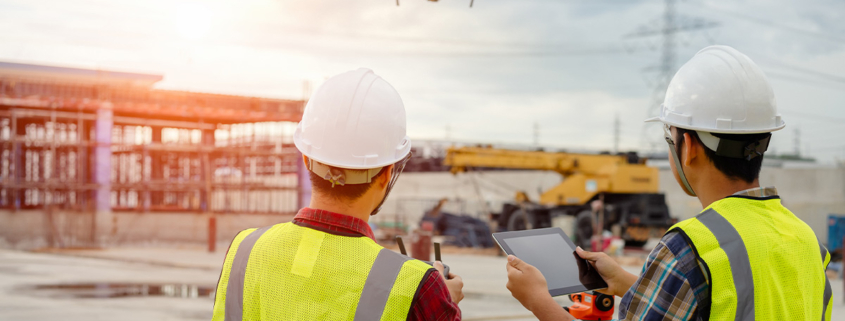Drones: A Helpful Tool for Construction Project Management
More and more frequently, the image and buzz of a drone can be seen and heard above construction sites. The elevated perspective and ability to gather data makes them a valuable tool for contractors to keep tabs, track and manage a project.
Drones are now being used by contractors to enhance worker safety, monitor equipment, and track the status of job progress. Data collected by drones can also improve estimates and inspections.
Consider these benefits of using drones:
Topographic mapping and surveys: Topographic maps are helpful when planning large-scale projects, but producing them is expensive and time-consuming. Drones can easily map vast areas, which reduces how much time must be spent visualizing topography. This helps keep projects on schedule and on budget.
Progress reporting: Aerial views can serve as progress reports for clients and contractors who can’t visit the job site in person.
Equipment tracking and repair: Keeping track of equipment on job sites is one of the biggest challenges contractors face. Drone flyovers allow project managers to quickly determine whether equipment is where it’s supposed to be. Drones can also identify equipment malfunctions remotely, allowing operators to send visual representations to technicians for fast and accurate diagnostics.
Worker safety: Drones can monitor job sites for potential safety concerns, such as loose or unstable structures and scaffolding. They can also be used to take measurements in hard-to-reach places so workers don’t have to climb on dangerous platforms or navigate hazardous conditions.
Building inspections: Operators can fly drones around buildings to check stability and take high-resolution photos for structural analysis. Drones can also be used in planned maintenance of roofs, towers, bridges, and scaffolding, accomplishing tasks in a fraction of the time it would take surveyors.
